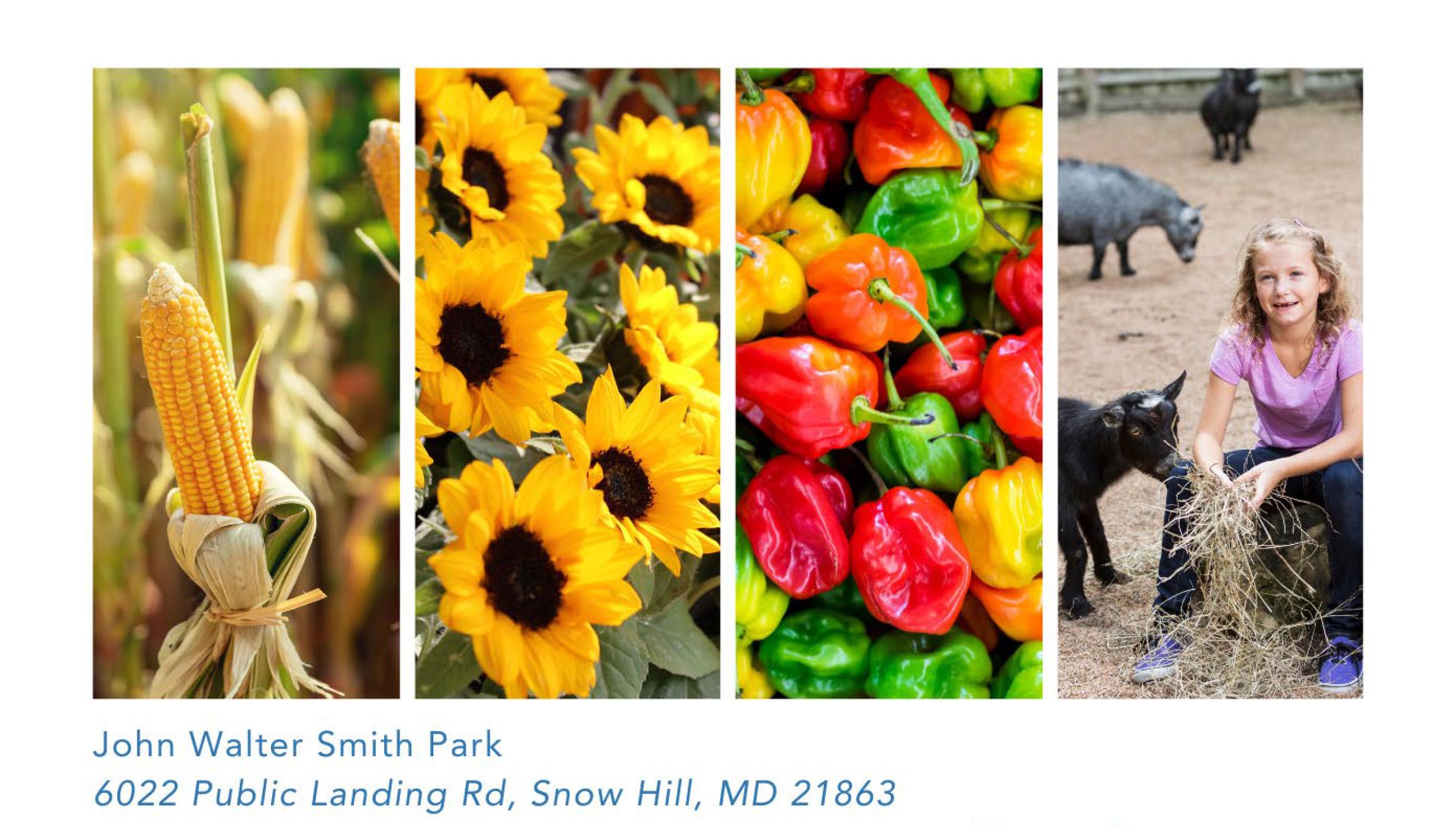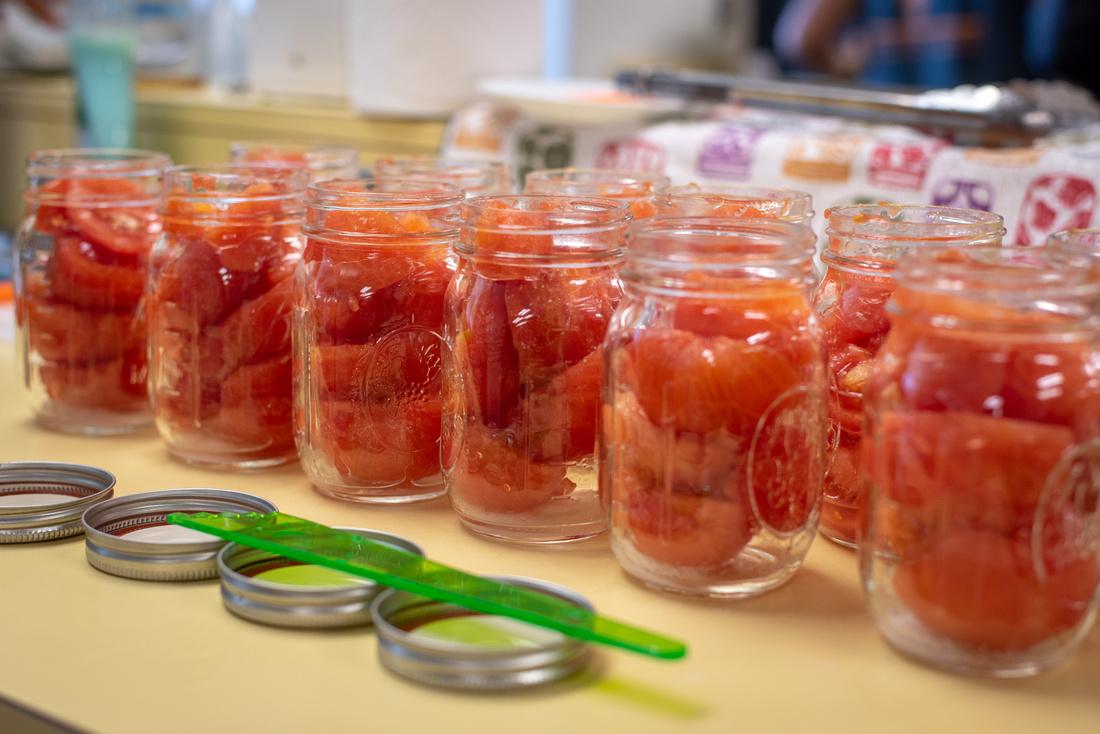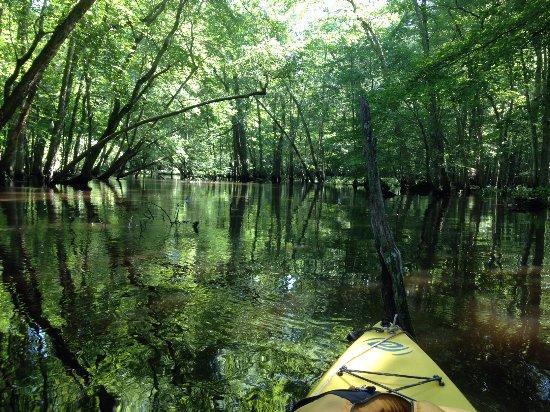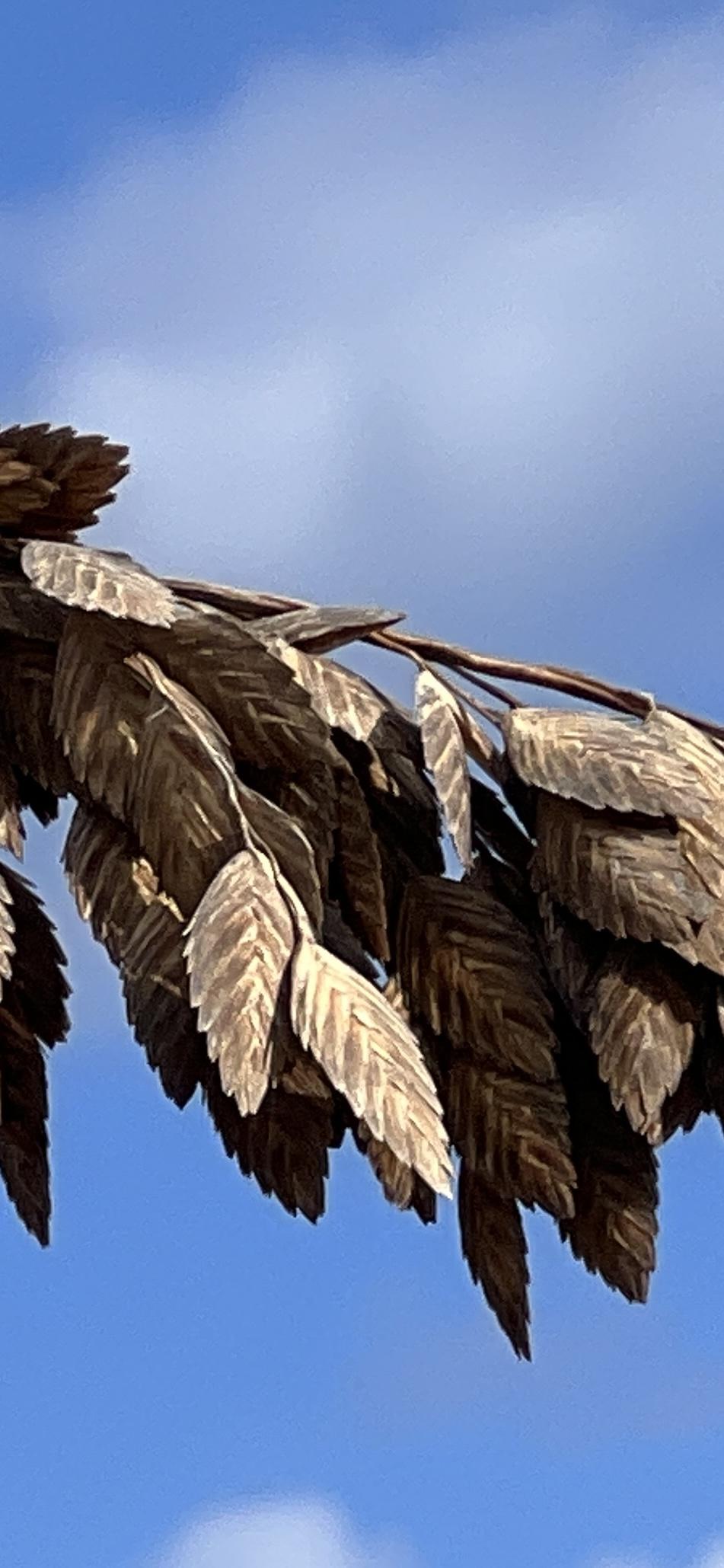Welcome to the University of Maryland Extension (UME) of Worcester County which is part of a statewide, non-formal education system within the College of Agriculture and Natural Resources of the University of Maryland, College Park, and the University of Maryland, Eastern Shore. This partnership also includes support from USDA as well as the county government. The Worcester County UME faculty and staff provide a broad range of outreach through workshops, seminars, classes, clinics, newsletters, consultations, and media efforts.

The Worcester County Fair Guide is now available!
Join us for a fun-filled day at the county fair, featuring a variety of events and activities for all ages! The fair kicks off at 4:30 PM with a ribbon cutting ceremony, followed by a series of exciting contests, live music performances, and delicious foods. Don’t miss the agricultural exhibits, kids’ activities, and indoor 4-H and open exhibits and demonstrations.
Uniola paniculate
Plant of the Week...
...or Sea Oats, grow 4- 6 feet tall and 1-2 feet wide, are warm season native perennials that thrive in full sun and are mostly found on the dunes by the sea. These Sea Oats are slow growing with deep roots and strong horizontal rhizomes, perfect for holding the sand in the dunes of the Atlantic Ocean. They are salt and cold tolerant from USDA zones 6-11. Plants grow in clumps with tall arching stems that have 8-18 inch long and 1-inch-wide leaves with parallel veins and like many grasses, tapered at their tips. Sea Oats have small white flowers in early summer that mature into oval shaped oat like tan to brown seeds that will stay on the stems through the winter months, providing nutrition to song birds and small mammals like rabbits and mice. They have no serious insect or disease pests.
Ginny Rosenkranz





